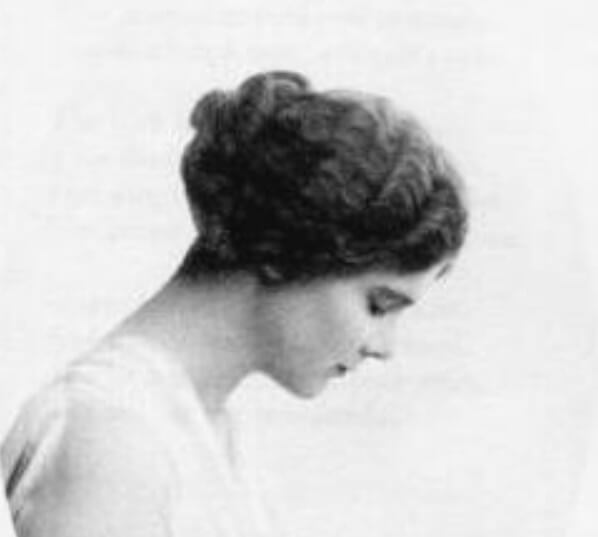Explore the intricate life and works of Elinor Wylie, the American poet and novelist known for her eight captivating books blending history, literature, and personal introspection. Delve into her novels, including “Jennifer Lorn” and “The Orphan Angel,” and experience the refined artistry of her verse in collections like “Nets to Catch the Wind.”

Elinor Wylie; American poet and novelist: b. Somerville, N.J., Sept. 7, 1885; d. New York, N.Y., Dec. 16, 1928. She was educated at the Baldwin School, Bryn Mawr, Pa., and the Holton Arms School, Washington, D.C., and in 1905 married Philip Hich-born. In 1910 she eloped with Horace Wylie, to whom she was married in 1916. The Wylies were divorced in 1923, and she then married William Rose Benêt, the poet and critic.
Elinor Wylie’s work consists in the main of eight books—four novels and four volumes of verse—in which she made wide use of the lore of history and literature. Well acquainted with Scotch, Irish, and English ballads, she liked to sing them, as well as her own verses, which she set to tunes that she made up herself. Her first novel, Jennifer Lorn (1923), was immediately recognized as possessing a rare and delicate satire, particularly of those qualities in men that make them attractive to women and at the same time objects of raillery. The Venetian Glass Nephew (1925) is a fable of the marriage of Christian art and pagan nature. The Orphan Angel (1926) relates the fantasy that the poet Percy Bysshe Shelley was rescued by an American ship instead of drowning. Shelley’s subsequent adventures on the rough American frontier give Mrs. Wylie scope for witty and sensitive analysis of both the poet and the times. In Mr. Hodge and Mr. Hazard (1928), she deals with the England that has rejected Shelley, turning her irony upon the historical roots of contemporary mores.
In her verse, which includes Nets to Catch the Wind (1921), Black Armour (1923), Trivial Breath (1928), and the posthumous Angels and Earthly Creatures (1929), Elinor Wylie is an extraordinarily refined artist and shows the influence of the ballad writers, the Elizabethans, and the metaphysical poets. Perhaps her favorite subject is the reality that underlies convention. In Beauty, for example, she writes of a quality that is neither good nor wicked:
O, she is neither good nor bad,
But innocent and wild!
Enshrine her and she dies, who had
The hard heart of a child.
More specifically, she often deals with her own personality as it is, rather than as others define it; or she punctures grandiose and glib formulations.